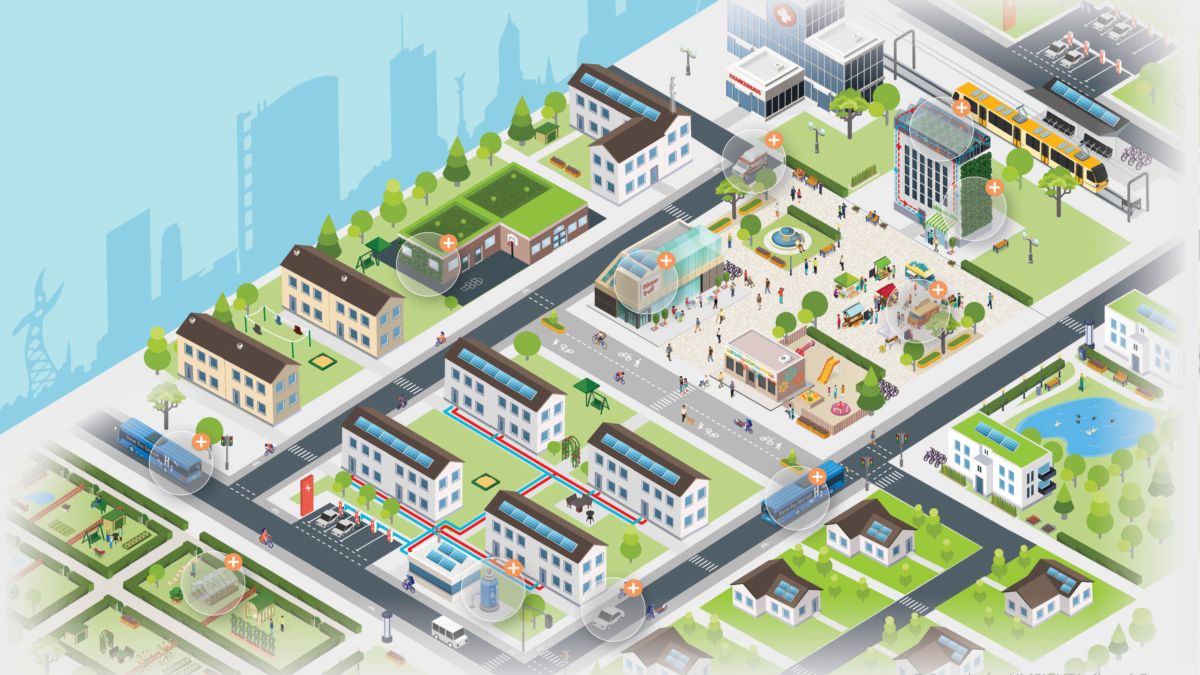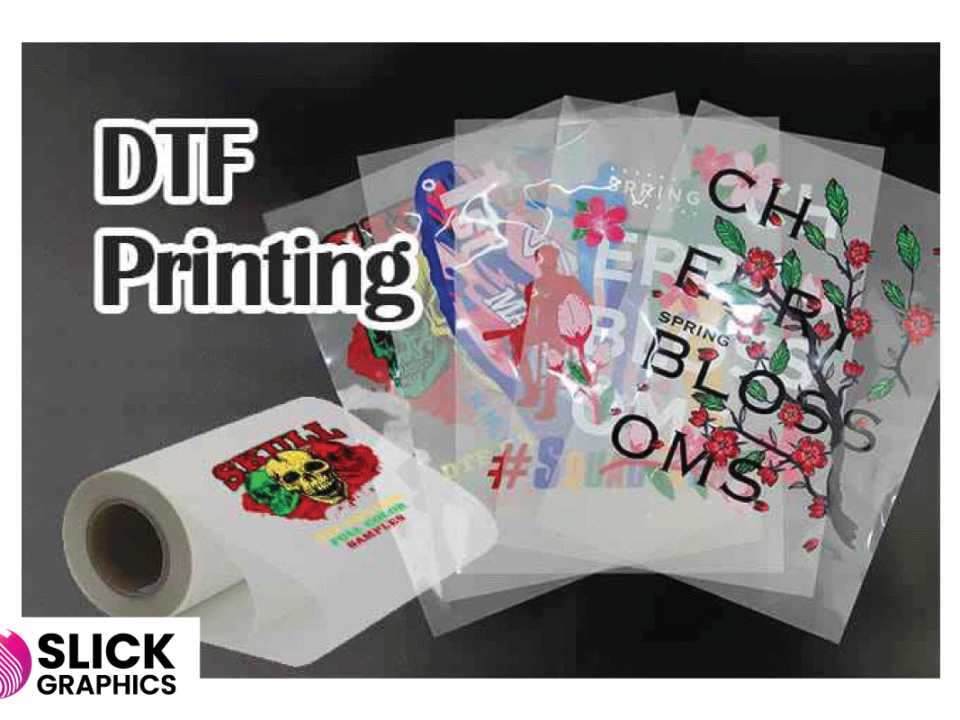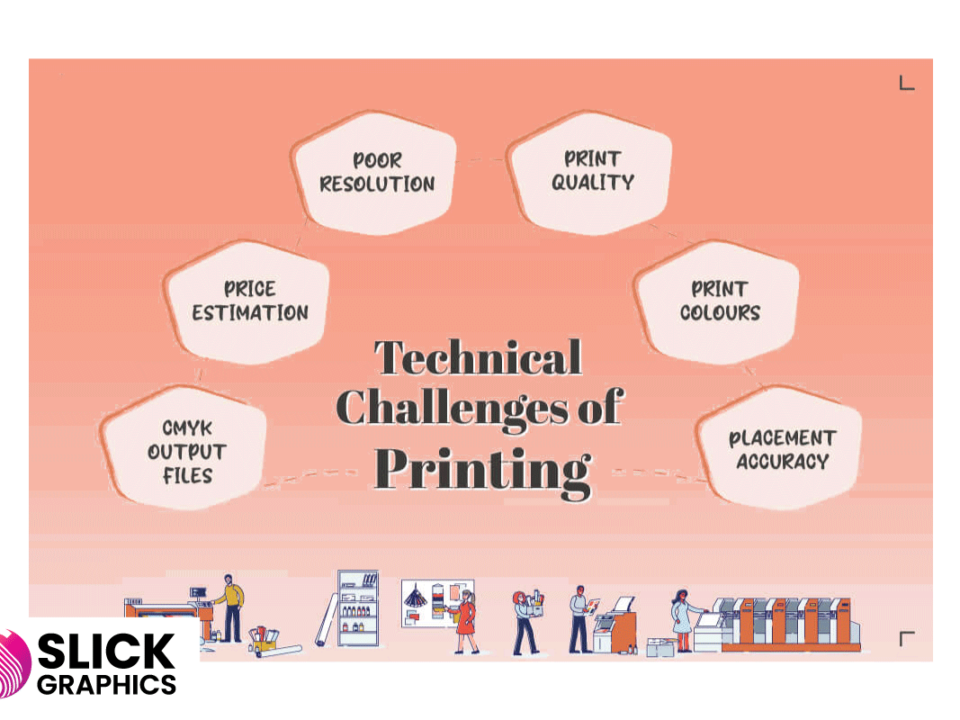Sustainable Building Practices in Urban Areas in Uganda
Sustainable Building Practices in Urban Areas in Uganda
As urban areas in Uganda continue to grow, the importance of sustainable building practices has never been more critical. With rapid urbanization comes the challenge of creating infrastructures that are not only functional and aesthetically pleasing but also environmentally responsible.In this blog, we will explore the significance of sustainable building practices in Uganda’s urban areas, the benefits they bring, and some examples of successful implementations.
The Need for Sustainable Building Practices
Urbanization in Uganda is on the rise, with cities like Kampala experiencing significant population growth. This growth puts pressure on existing infrastructure, resources, and the environment. Sustainable building practices offer solutions to mitigate these pressures by promoting efficient resource use, reducing environmental impact, and enhancing the quality of life for urban dwellers.
Key Principles of Sustainable Building
- Energy Efficiency: Incorporating energy-efficient systems and materials can significantly reduce a building’s energy consumption. This includes the use of solar panels, energy-efficient lighting, and appliances, as well as proper insulation.
- Water Conservation: Sustainable buildings implement systems for rainwater harvesting, greywater recycling, and the use of low-flow fixtures to reduce water usage.
- Material Selection: Choosing sustainable materials, such as recycled, locally sourced, and low-emission products, minimizes the environmental impact of construction.
- Waste Reduction: Effective waste management practices during construction and throughout the building’s lifecycle, including recycling and composting, help reduce the overall environmental footprint.
- Healthy Indoor Environment: Ensuring good indoor air quality through proper ventilation, the use of non-toxic materials, and ample natural light creates healthier living and working spaces.
Benefits of Sustainable Building Practices
1. Environmental Protection:
Reducing resource consumption and waste helps protect natural ecosystems and biodiversity.
2. Economic Savings:
Energy-efficient buildings lower utility costs for occupants, while sustainable materials and practices can reduce construction and maintenance expenses.
3. Social Well-being:
Sustainable buildings often provide better living conditions, improved health, and increased comfort for occupants.
4. Resilience: Buildings designed with sustainability in mind are typically more resilient to climate change impacts, such as extreme weather events.
Examples of Sustainable Building Practices in Uganda
1. Solar Energy Integration:
Many urban buildings in Uganda are now incorporating solar panels to harness renewable energy, reducing reliance on non-renewable sources and lowering electricity costs.
2. Rainwater Harvesting Systems:
Buildings equipped with rainwater harvesting systems are becoming more common, helping to alleviate water scarcity issues and reduce dependency on municipal water supplies.
3. Green Roofs and Walls:
Some urban buildings feature green roofs and walls, which provide insulation, reduce the heat island effect, and improve air quality.
4. Use of Local Materials:
Architects and builders are increasingly turning to locally sourced materials, such as bamboo and recycled bricks, to reduce transportation emissions and support the local economy.
Conclusion
Sustainable building practices are essential for the future of Uganda’s urban areas. They offer a pathway to creating resilient, eco-friendly, and cost-effective infrastructures that can accommodate the growing urban population while preserving the environment. By embracing these practices, Uganda can pave the way for a more sustainable and prosperous future.
As Slick Graphics, we are committed to promoting and implementing sustainable architectural solutions in our projects. We believe that through innovative design and responsible building practices, we can contribute to the development of greener, healthier urban spaces in Uganda.



